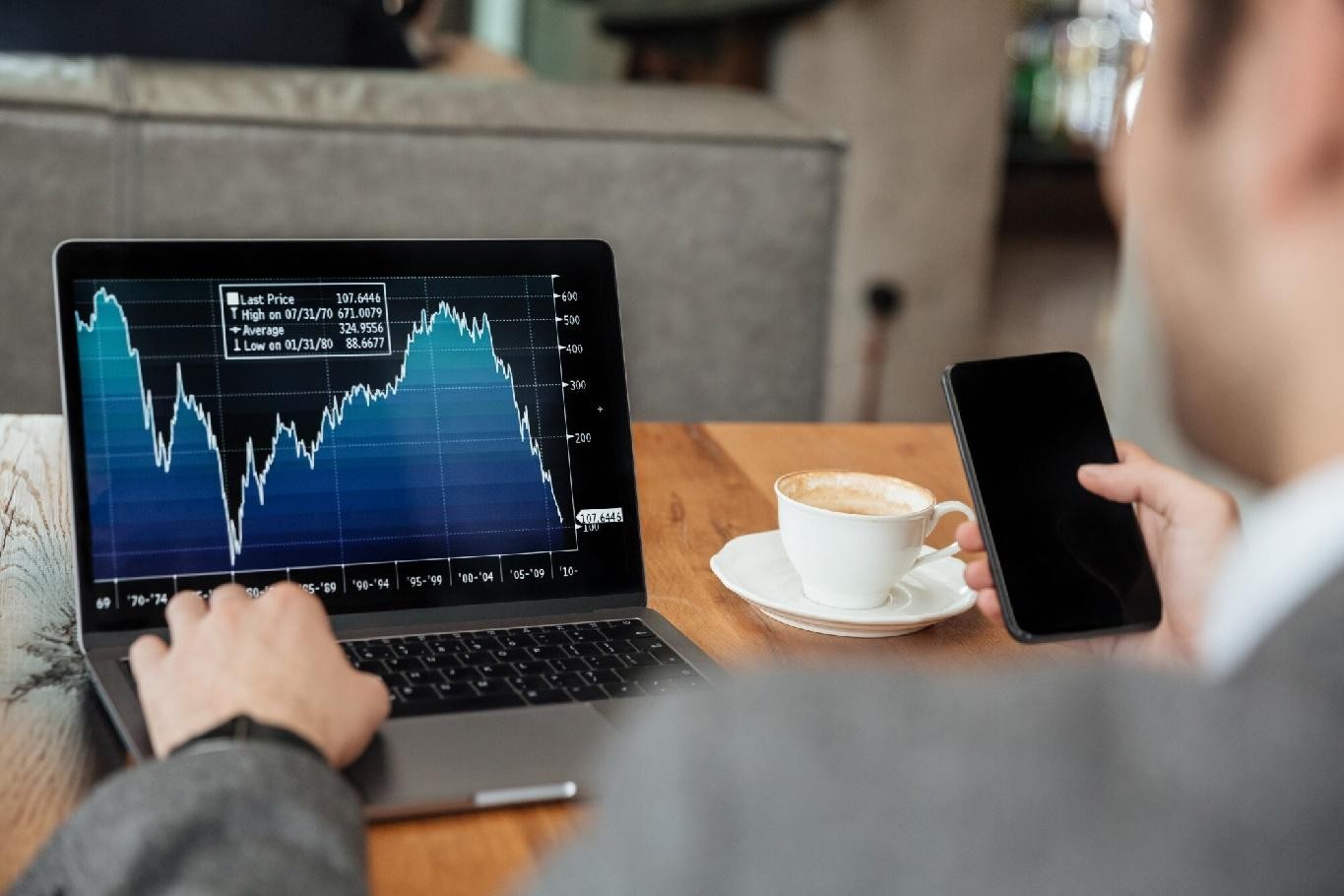
On Monday, August 5, global markets took a dramatic dive, sending shockwaves through financial hubs worldwide. However, on Tuesday, August 6, there were signs of recovery as investors hoped for prompt rate cuts by central banks to bolster economic stability and market confidence.
On August 5, key U.S. indices, including the Nasdaq, S&P 500, and Dow Jones, alongside major European markets like the UK’s FTSE, France’s CAC 40, and Germany’s DAX, suffered substantial losses. The Nasdaq, S&P 500, and Dow Jones all dropped by approximately 3%, while the FTSE, DAX, and CAC 40 fell by up to 2%. This decline was driven by growing concerns about a potential U.S. recession and the urgent need for the Federal Reserve to implement rate cuts to stimulate growth.
In contrast, Asian markets saw a rebound on August 6. Japan’s Nikkei, which had plummeted 14% on August 5—its worst single-day loss since “Black Monday” in 1987—recovered by 9% the following day.
The Indian stock market also took a hit, with the Sensex and Nifty 50 closing 3% lower on August 5. Mid- and small-cap indices dropped by up to 4%, leading to a substantial loss of approximately $18 billion for investors in just one session.
This sharp global market decline followed a disappointing July payroll report, which revealed a rise in the U.S. unemployment rate to 4.3%—the fourth consecutive monthly increase. This data heightened fears of a potential U.S. recession. Additionally, rising Middle Eastern tensions, concerns about a reverse yen carry trade after the Bank of Japan’s rate hike, lackluster quarterly earnings, and inflated valuations contributed to the market turmoil.
Dhiraj Relli, MD & CEO at HDFC Securities, noted, “The recent global market correction is largely attributed to the weak job report in the U.S., combined with fears of a reverse yen carry trade following Japan’s interest rate hike.”
Concerns about a U.S. recession have increased, with Goldman Sachs recently raising the probability of a recession in the U.S. within the next year to 25% from 15%. However, some experts believe it is premature to anticipate an imminent recession. Typically, a recession is confirmed when a country’s GDP contracts for two consecutive quarters. The U.S. GDP grew by 2.8% in the April to June quarter of this year, making a rapid downturn unlikely.
G. Chokkalingam, founder and head of research at Equinomics Research Private Ltd., commented, “It is too soon to fear an imminent U.S. recession. There are no clear signals suggesting a sharp and sudden economic collapse.” He added that the July increase in unemployment might reflect a growing labor force rather than a true economic slowdown.
Bloomberg reported that the U.S. services sector saw growth in July, recovering from a contraction the previous month. The Institute for Supply Management’s (ISM) index of services rose to 51.4, indicating expansion, while the manufacturing sector experienced its biggest contraction in eight months.
Looking ahead, experts anticipate global markets will stabilize over the coming days. The current correction is viewed as a potential opportunity for the Indian market, which had been trading at high valuations. An economic slowdown in the West could benefit India by lowering oil prices, which would positively impact its economy through improved exchange rates and fiscal deficits.
Chokkalingam suggests Indian investors focus on large-cap stocks, accounting for at least 50% of their equity exposure. He advises investing in high-quality large-cap stocks with a defensive approach, maintaining 5-10% cash, and placing the remaining 40% in small and mid-caps. Emphasis should be placed on management quality, balance sheet strength, and valuation comfort.
Relli highlights that while India is relatively insulated, negative global sentiment could still affect foreign capital inflows and the country’s exports. Upcoming U.S. presidential elections in November 2024 and Indian state elections in October 2024 are additional factors to watch.
“Global sentiment must stabilize before the Nifty can start to recover. Traders might consider bottom fishing for small gains with stop losses, while investors may wait for stability before making significant moves. Risk-averse investors could take profits and hold cash until a favorable investment opportunity arises,” Relli advised.













